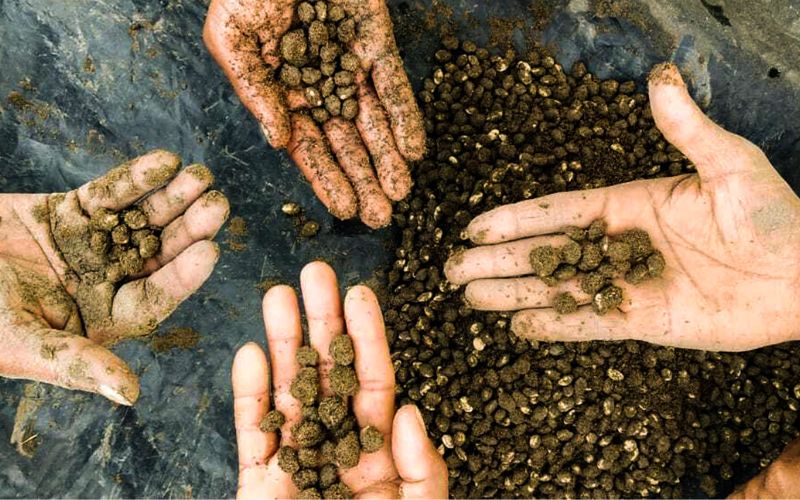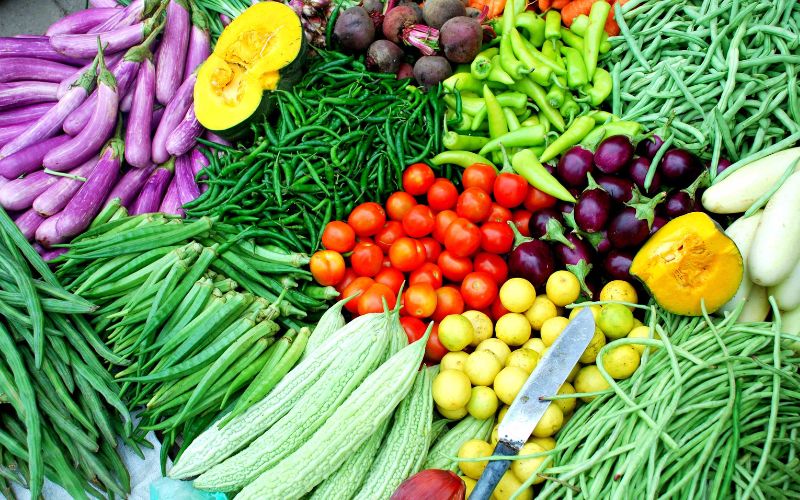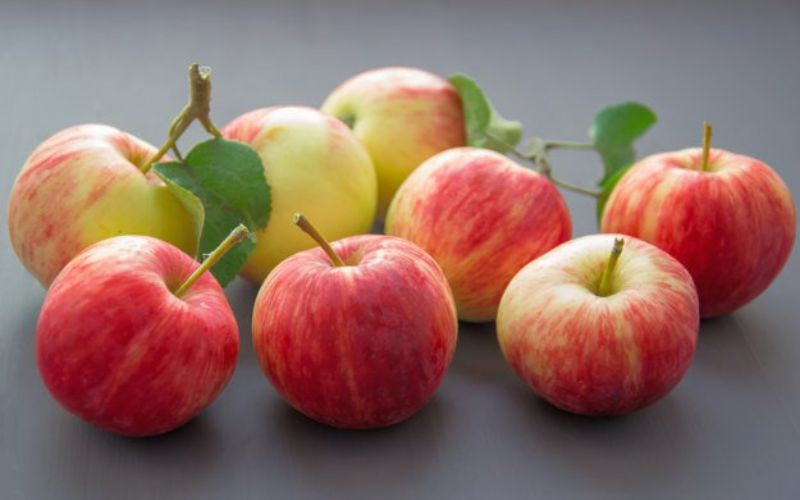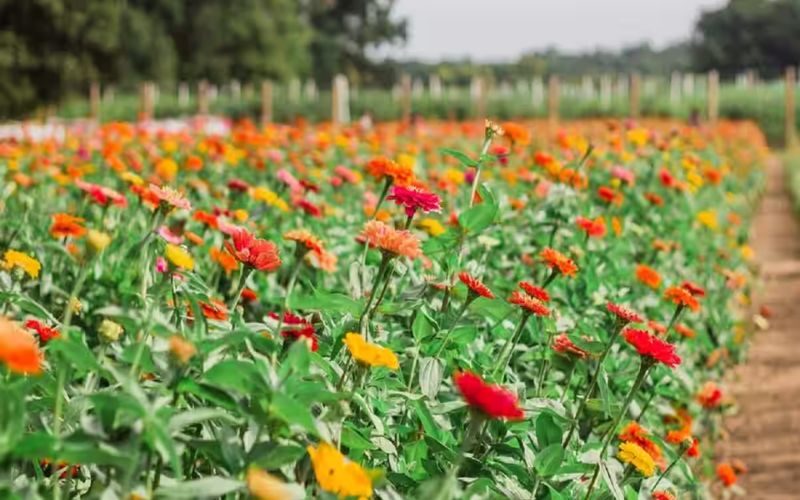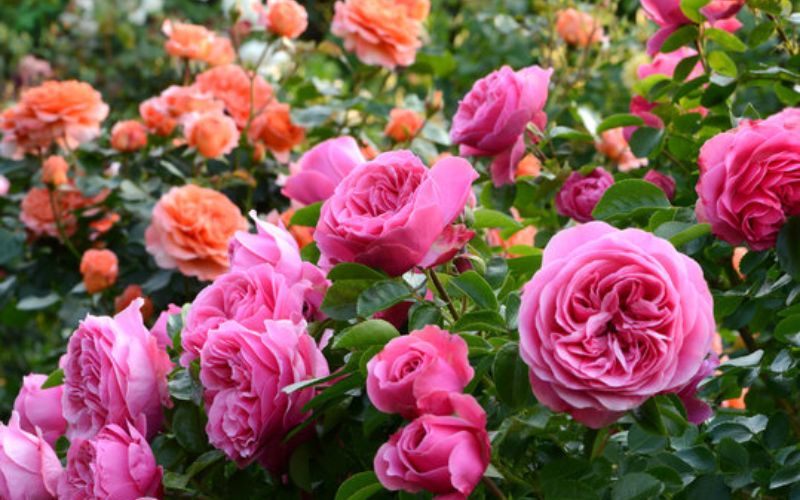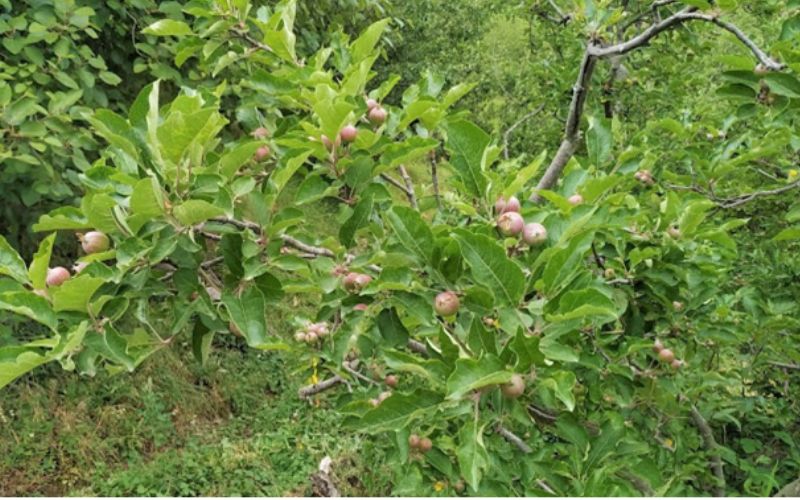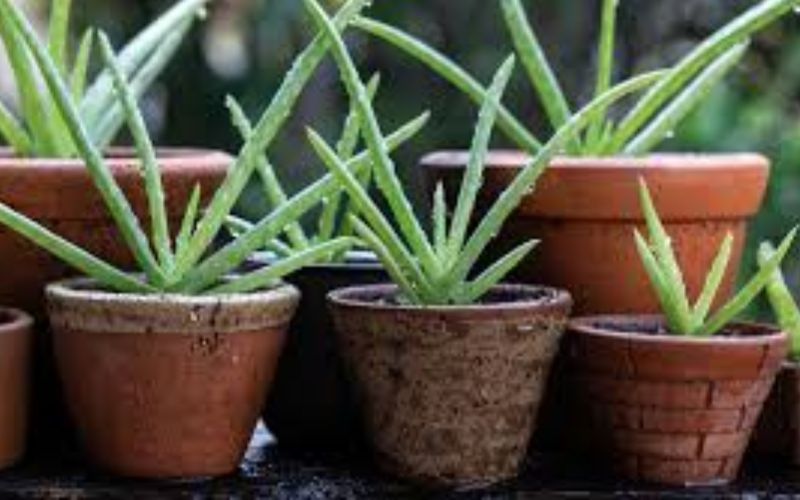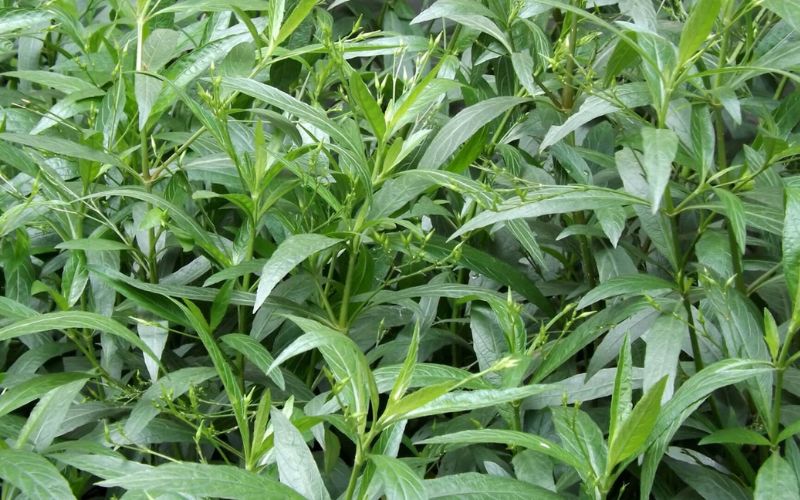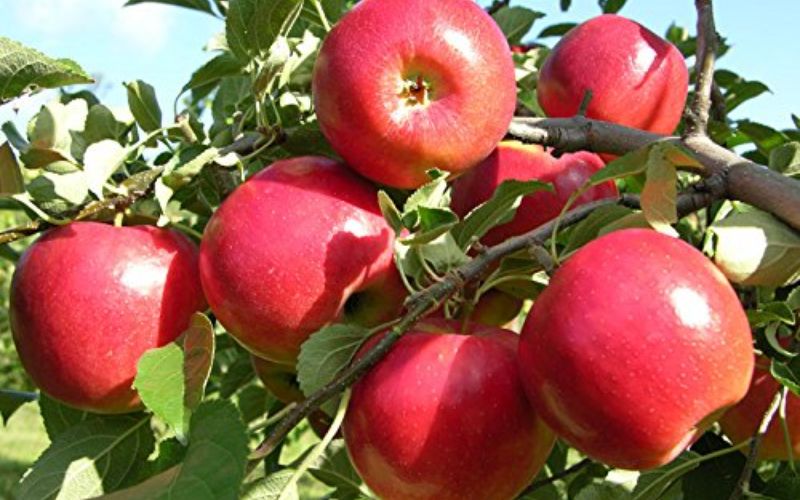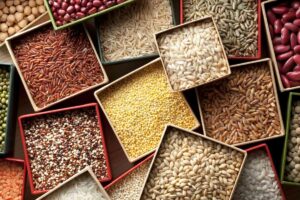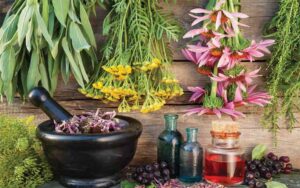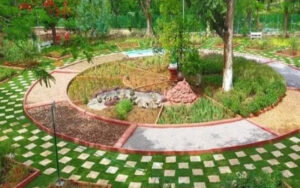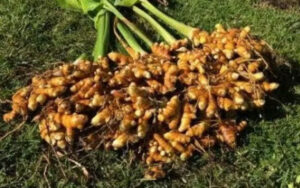Bamboo: The Booming Industry To Replace Plastic
Dr. Vishal Mahajan
Globally, more than 1,250 species under 75 genera are unevenly distributed in the various agroclimatic zones. Bamboo is also known as ‘Green Gold’ in India. Bamboo is used in Chinese medicine for treating infections and healing. In Ayurveda, the silicious concretion (bamboo manna) found in the culms of the bamboo stem, is used as a tonic for different diseases. Besides these, the uses of bamboo in our day-to-day life and the business the bamboo products can generate are enormous and have tremendous prospective, more especially in North-Eastern India. The estimated bamboo resources of the world are about 20 million hectares and the estimated current market of bamboo is US $ 10 billion which is expected to increase to US $ 30 billion by 2025. The current market of bamboo/ bamboo products in India is estimated to be Rs. 4,500 crores which is expected to increase to Rs. 30,000 crores by 202025 with a major contribution from wood substitute, processed bamboo shoots, industrial products (activated charcoal etc. Recently, Union Minister of Micro, Small, and Medium Enterprises (MSME) Nitin Gadkari on Tuesday said, the bamboo industry has the potential to be worth Rs 30,000 crore. While addressing a virtual exhibition on bamboo technology, products, and services through video conferencing Gadkari said that the bamboo industry in India will be worth Rs 25 to 30 thousand crore rupees. Technologically proven, cost-effective, and attractive product design can establish and promote the use and demand for bamboo.
Bamboo Cultivation in India
Bamboo is a versatile group of plants which is capable of providing ecological, economic and livelihood security to the people. India has the highest area (13.96 million ha) under bamboo and is the second richest country, after China, in terms of bamboo diversity with 136 species (125 indigenous and 11 exotic). The annual production of bamboo in India is about 14.6 million tonnes and the annual yield varies from 1 to 3 tonnes per ha, a major issue to be addressed on the productivity front.
Bamboo has served as an alternative material to wood and plastic for years. Recently, the market has grown significantly in response to rising awareness about its uses and sustainable benefits. Bamboo is lightweight, resilient and water-proof with its strength, affordability, and growability make it an advantageous choice for global builders and manufacturers. Also, the slowest-growing bamboo will be ready for harvesting faster than most trees. An interesting fact about bamboo is that in Japan in the mid-1940s, it was the only plant to survive the Hiroshima atomic bombings.
Bamboo’s resiliency and hardiness make it an attractive choice for farmers in diverse locations. Its resulting availability has spurred popularity in the manufacturing market.
Bamboo as a Sustainable Resource
Bamboo regenerates quickly, it’s a renewable source of manufacturing material. Instead of clearing a forest that takes a longer time for regeneration bamboo grows at a faster rate. It causes minimal disruptions to the landscape meaning less soil erosion.
It also helps to cleanse the air. It is a powerful agent for carbon dioxide reduction. In comparison to similar-sized trees, bamboo consumes more carbon dioxide and produces 35% more oxygen. Importantly, bamboo printing paper can be recycled. Unlike plastic, bamboo is biodegradable and l breaks down naturally with the help of microorganisms.
Bamboo with Multipurpose Uses
Flexible bamboo may seem fragile — however, it’s stronger than steel. Its lightweight, durable properties make it a popular material for supplies like floors, roofs, or furniture. It’s difficult to name an item that can’t be constructed from bamboo. Bamboo is also used to make agricultural implements. The bamboo pulp can also be transformed into recyclable paper, cardboard, or tissues. Multi-national companies like Caboo sell tree-free tissue, toilet paper, and paper towels made of bamboo and sugarcane.
Bamboo could replace wood. It can even replace fabric material. When it’s woven, it becomes soft and durable. Nowadays, consumers purchase both bamboo clothing and rugs. The possibilities for bamboo as a resource are limitless, making it a desirable option for manufacturing entrepreneurs.
Bamboo products are appropriately considered eco-friendly due to their inherent characteristics of being biodegradable and being derived from a renewable natural resource base. Adapted dimension products manufactured on demand escalate the market’s potential in income generation which contributes to realizing better per capita income without spending on the actual collection process of raw material. Among the numerous bamboo lifestyle products, bamboo mats, ladders, and basketry were said to be the oldest value-added product combining traditional knowledge and utility. The paper also highlights the potential of value-added products made from bamboo as a commercial green product with multiple applications that may have a significant impact on enhancing the local economy and upliftment of rural communities in the nation. For bio-degradable property, its designs, bamboo lifestyle product are in high demand with great health concerns. Lifestyle means a style of living that reflects the attitudes and values of a person or group. the totality of the likes and dislikes of a particular section of the market, especially when expressed in terms of the products and services that they would buy; a marketing strategy based on the self-image of such a group.
Bamboo is vital to India’s post COVID 19 – economy and it is been offered an opportunity for the country to strengthen its economy with the support of vast Bamboo resources. Forest & environment ministry policies support the bamboo industry in this outlook. The Government of India, 2017, amended the Indian Forest Act through which bamboo was classified as grass and ceased to be a tree. However, bamboo grown in forest areas continues to be under the provision of forest laws. Bamboo is obtained from 70% of adjoining forest land and 30% from the plantation. An average wage paid for the harvesting of each culm costs about ₹15 per culm. When it’s done in bulk charges will be less. Transportation charges vary from the point of raw-material collection to the destination processing unit. Indian craftsmanship already demonstrated the implementation of modern technologies in bringing out innovative engineered Bamboo lifestyle products, Bamboo Craftsmanship plays a great role in rural employment creation and poverty alleviation. Alternative bamboo products: guaranteed to end up in landfill sites staking hundreds of years to breakdown Plastics include a wide range of synthetic or semi-synthetic organic compounds that are malleable and can be moulded into solid objects. Bamboo waste can also be used in clean energy production. The properties of plastic include Resistant, Insulator, lightweight, durable, inexpensive and easy to produce. The manufacture of plastic, as well as its destruction by incineration, pollutes air, land and water and exposes workers to toxic chemicals, including carcinogens. Synthetic plastic does not biodegrade. It just sits and accumulates in landfills or pollutes the environment. Burning of plastic in the open air leads to environmental pollution due to the release of toxic chemicals. Plastic pollution involves the accumulation of plastic in the environment which adversely affects wildlife, and pollutes wildlife habitats or human habitations.
Bangalore alone generates 50,000 kgs of disposable plastic sanitary pads in a single day. Workshops and webinars from various sources include resource members all over India. Polymer composite alone can be replaced by bamboo in its own ways creating a public awareness connecting people according to their need to be in a sustainable bamboo matrix. Background need of preventing plastic pollution on our environment Ocean & beaches: Lightweight, in-destructive plastics garbage discarded into the seas or near water bodies, resulted in the floating of the marine debris and deposits on the beaches worldwide (Akbar et al., 2018). Aquatic diversity ingests plastic bags mistakenly for foods, dies. The ingested plastic bag remains intact even after the death and its decomposition. Landscape: During the manufacturing process, some of its constituents (chemicals) are highly toxic (cause cancer) and flammable. Plastic recycling is associated skin and respiratory with problems. May Be our first toothbrush is still alive at the Womb of Nature!!! Yes, our body cleansing process starts with brushing our toothbrushes and became a part of the plastic crisis. Small acts, when multiplied by millions of people, can transform the world. Careless disposal of plastic bags chokes drainage blocks the porosity of soil and causes problems for groundwater recharge. “Animals eat plastic bags” brings up hundreds of heart-breaking stories and images from around the world. So many foraging cows in India have died from ingesting plastic bag litter that many of the states in that country have banned the distribution of plastic bags. In the United Arab Emirates, a veterinarian has documented images of camels, sheep, goats, and endangered desert animals dead from eating plastic bags. Whales wash up on our coasts, their bellies full of plastic. And endangered leatherback sea turtles mistake floating plastic bags for the jellyfish that are their main diet, ingesting the plastic that can then block their digestive tracts. In fact, a recent study of leatherback turtle autopsy records found plastic in one-third of the animals’ GI tracts, plastic bags being the most common item mentioned. plastic bags have been referred to as “urban tumbleweeds”.
In India involvement of non-traditional and non-tribal communities, also indigenous tribal communities are engaged traditional communities are provided with an opportunity to obtain considerable experience in making a different and traditional high-quality bamboo lifestyle products which is a highly-skilled bamboo craftsmanship also education for sustainable development. Especially experience plays an important role in the selection of suitable clumps for harvesting to make quality bamboo products. Using a splitting machine, the bamboo pole is fixed longitudinally in front of the set of splitting knives and a mechanical pushing device pushes the bamboo over the knives to produce splits of desirable size, the strips are then air-dried either in a shaded area or in artificial ventilation. This process reduces the moisture content in strips to 30 per cent. Post drying, bamboo slivers of desired thickness, length, and width (2cm-4cm). Now it is sliced to get bamboo slivers according to desired thickness. The next stage includes Trimming/ Dimensioning/ Cutting to size, sanding and surface coatings or lamination. Meanwhile, species selection is also important to shape bamboo in various dimensions to make the desired product. Subsequently, depending on the storage period appropriate treatments are given as an effective treatment which can be done with a hand sprayer or a knapsack sprayer checked fortnightly for any signs of fungal growth and borer attack. A brief survey on socio-economic factors and their prospects shows artisans are normally engaged based on the supply of raw material and are provided with training and by practice, the skill is made perfect. This is considered a good replacement for wood infrastructure. Socio-economic impacts in providing employment opportunities also innovation and estimate the impact of social capital on the innovation in the small-medium enterprises. Bamboo lifestyle product- from production to marketing provides equal employment opportunities for all types of categories of the society. There are numerous skilled factory workers/unskilled factory workers required working selected and presently working, on a contractual basis some are working regularly.
There are many governmental and non-governmental organizations dedicated to developing a sustainable Bamboo community with the help of local public involvement to establish a sustainable bamboo community with a great vision and mission to empower rural livelihood and women’s employment.
Bamboo fibre uses a crushing machine and uses organic resin as a binding agent in specific proportion and moulds it into the desired dimension. Bamboo ladders, coffins, cradles, stacking material, poles for construction etc., are common assets. Similarly, multipurpose -basketries according to the region and utility were most habitual till plastic was introduced to India, which we gradually ignored because of urbanization, and the westernization of contemporary society. Bamboo toys, paintings on bamboo surfaces, some fire-art works, school/ college bags, conference folders, bamboo jewellery many unlisted accessories and utility products made with simple tools and techniques. The previous culture and the practices of bamboo need to be continued in place of plastic bags, containers, cutleries, crockeries etc. Bamboo disposable and also reusable cutleries and crockeries, bamboo tea mugs, bamboo spoons, Like coffee cups with cap, egg trays, food trays and many more. For environmental health and safety especially during the COVID-19 pandemic season, innovative Bamboo pedal-operated hand sanitisers manual and Auto- sensor-operated sanitizers became the current trends. Masks like bamboo mesh-based, weaved style, cup-shaped dust filters are also used by the public. Mats and mat-based boards It is observed that lifestyle products like Bamboo Furniture and innovative Bamboo Handicrafts are premium products in demand by the newer very innovative design that are already available in the market and online outlets. All these products use bamboo’s natural properties to create functional, elegant product hangers to lampshades. Bamboo lifestyle products and Bamboo handicrafts such as musical instruments, antique show pieces, tissue holders, clocks, vases, folders, calligraphy pens, hangers etc. involve lots of creativity in sustainable consumption of bamboo and endless effort in making a high-end product.
Bamboo Plastic Composites (BPC) are a new type of composite made by mixing and forming bamboo sawdust, bamboo or bamboo residue, and other fibres as the main raw material at high temperature, mixed with molten thermoplastic resin.
Conclusion
India has proven its long history of bamboo work, in the process, brilliant craftsmanship. Plastic by itself is not a problem and doesn’t cause much pollution but Using plastic haphazardly is the real culprit. Domestic Plastic Recycling is a global problem. Encouraging farmers to plant bamboo gardens for commercial production. Based on a standard protocol in the field and establishing required facilities is deemed necessary to carry out the research projects. should have experience in the sustainability of rural women, materials management, and waste minimization. For further developments, governmental and non-governmental bodies may set up R& D Units, and research institutions for R & D support. Organisations set a great example to go eco-friendly and cost-effective Bamboo Utilities for regular purposes. to bridge a connection between Bamboo Growers, Traders/ Craftsmen/ Entrepreneurs and the general public. It has also provided a good platform for women entrepreneurs and self-help groups to showcase their products and skills as evidenced by almost 50 stalls. Hands-on Training programs/ workshops on handicrafts, furniture making, product improvement and quality enhancement were also seen during the festival. The bamboo industry is thriving to bring us out of this painful pandemic environment and to restart our living being more aesthetic and organized with the slogan “Sustainable Development Goals for Future Generations”.
Some of the products given below which as usually available in plastic can be the easily replaced with bamboo-based products:








